What and how to lubricate a gas valve on a stove or pipe in order to develop it
If you have any problems with your gas equipment, the best solution is to call a specialist. Quite often, the breakdown turns out to be minor - the tap on the stove, riser or column turns tightly. Often repairs come down to replacing the lubricant. The craftsmen prudently do not disclose the brand, but from GOST standards the resource purity-en.htgetrid.com found out how to lubricate a gas tap without compromising safety.
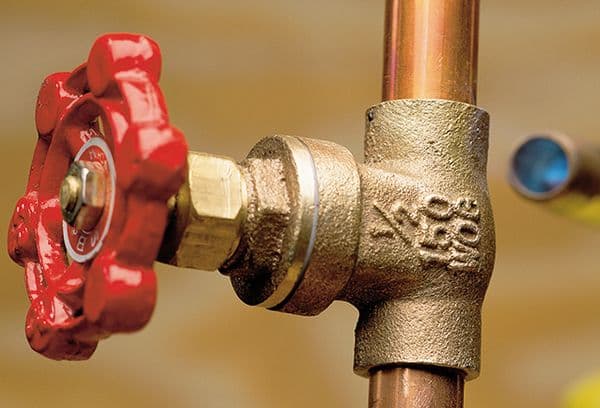
What to lubricate
General requirements: the lubricant must withstand high pressure, be resistant to wear and frequent loads, and most importantly, be heat-resistant. This is what distinguishes the special product from ordinary graphite.
The standards offer the following options:
- Plitol M — a lubricant based on thickened petroleum oil, contains an additive that increases the wear resistance of the layer and parts. This product can easily withstand temperature loads of up to 150 degrees, a one-time increase to 180 degrees, however, it is intended only for indoor devices, because it loses its properties at temperatures below 0.
- For gas taps - a product for gas lines based on thickened castor oil. This lubricant only holds 50 degrees, which means it cannot be used on the stove. At the same time, the lubricant tolerates pressure up to 50 MPa, which makes it an excellent solution for valves on columns and risers.
- Cranol has similar characteristics to the previous species.
- LZ-162 — a multicomponent lubricant based on petroleum oil, has maximum protective properties (withstands up to 90 MPa, retains its qualities in the range from –25 to +130 degrees) and is used in oil wells. If you somehow happen to have such a lubricant, it will be more than suitable.
If you pay attention to the composition, you can see that household lubricants contain thick castor oil. Ordinary mineral lubricant, as a backup option, can temporarily replace special lubricant for gas stoves.
Important
Lubrication is the most common problem in gas valves. However, similar symptoms appear when there is a mechanical malfunction of the device. Therefore, our site strongly recommends that you entrust the diagnosis to specialists.
What should not be used to lubricate
Non-mineral oils (vegetable, butter, etc.) are strictly not suitable for lubrication - this is a fire hazard!
Solid oil and lubricants based on it are not suitable for lubricating turntables on a stove. These products are semi-liquid and do not hold temperature well, they flow and can ruin the stove.
How to properly lubricate a faucet
The general algorithm for repairing any gas tap comes down to the following steps:
- Shut off the gas supply.
- Disconnect the power supply in the panel room. If access is blocked for some reason, then unplug all electrical appliances and lamps.
- Remove all flammable materials and utensils (including matches, solvents, etc.).
- Close the door to the kitchen and open the window.
- Disassemble the tap.
- Plug the riser pipe with a damp rag.
- Apply lubricant.
- Remove the rags and assemble the faucet.
- Ventilate the room.
Disassembling the crane requires experience and extreme care. If you need to lubricate the gas duct on the stove, you will have to remove the turntables (flags) and the front or top panel underneath them.The faucet device will open.
For Hephaestus-type stoves, there is no need to lift the panel with the burners - the front cover can be removed by itself, and quite simply, since it is attached with self-tapping screws. The taps are fixed with flanges with two screws - to remove them you will need a Phillips screwdriver.
Old "Brest" type slabs are equipped with a different fastening mechanism: there is only one screw, it goes into the coupling and tap. The device itself is most often conical, and the nuance is that, after removing the plug, you must carefully remove the spring and not lose it.
As a rule, there are ball valves on the riser and boiler. They are quite easy to disassemble - you need to remove the fastening screw and remove the mechanism.
You need to remove the plug from the tap and treat it with lubricant, being careful not to clog the holes.
Important
The magazine purity-en.htgetrid.com reminds that, according to current laws, owners are responsible for the prevention and proper condition of gas equipment inside the apartment. Therefore, there is no need to wait for a scheduled inspection - call the gas service at least once a year, especially if the communications are already old.
Maintenance of equipment must be carried out regularly. As experts note, dirt, grease, debris quickly accumulate inside the stove, and sometimes cockroaches and even mice settle in.
A gas service specialist will handle this task quickly and efficiently. At your own risk, you may disassemble and lubricate the taps yourself. The easiest way to carry out the procedure is with valves on the stove itself (the gas needs to be turned off at the column). In any case, after all procedures it is necessary to ventilate the room thoroughly.
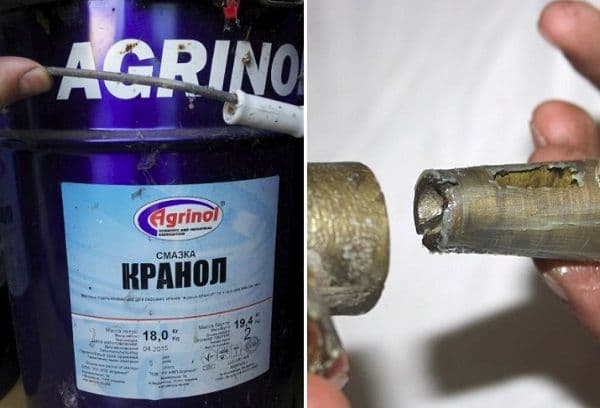
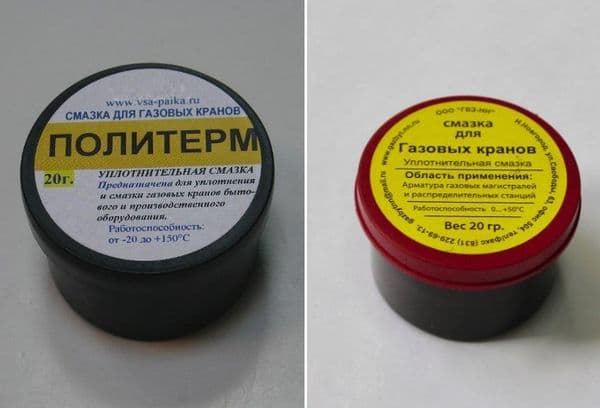
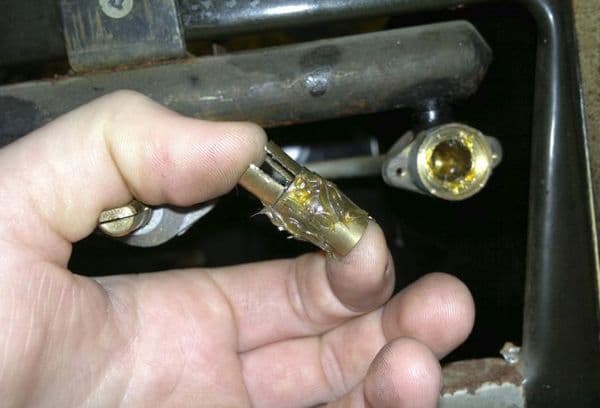
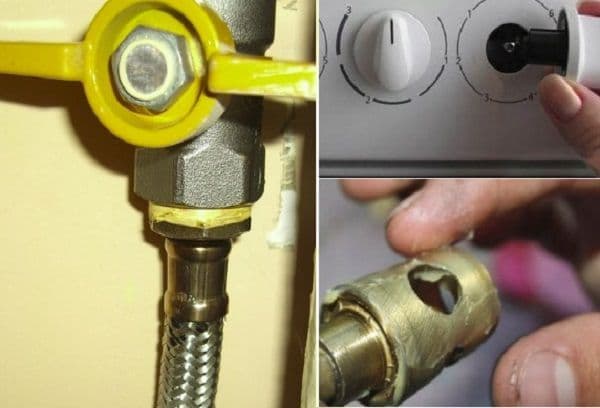
The author of the article is completely unfamiliar with a gas stove. What is high blood pressure? The gas pressure supplied to operate household appliances is equal to the pressure of the water column of about twenty centimeters.
Andrey You didn’t read the article well; it doesn’t talk about high pressure in the gas stove, but the recommendations are even very useful. Thanks to the author of the article.
Ball valves do not require inspection. As in the photo. And in the video there is a plug tap. It needs to be smeared.
What needs to be smeared is a no brainer. The question is what to smear with.
Good article. I lubricated it with slab, everything was as written in the article. Everything worked out.